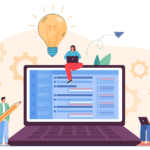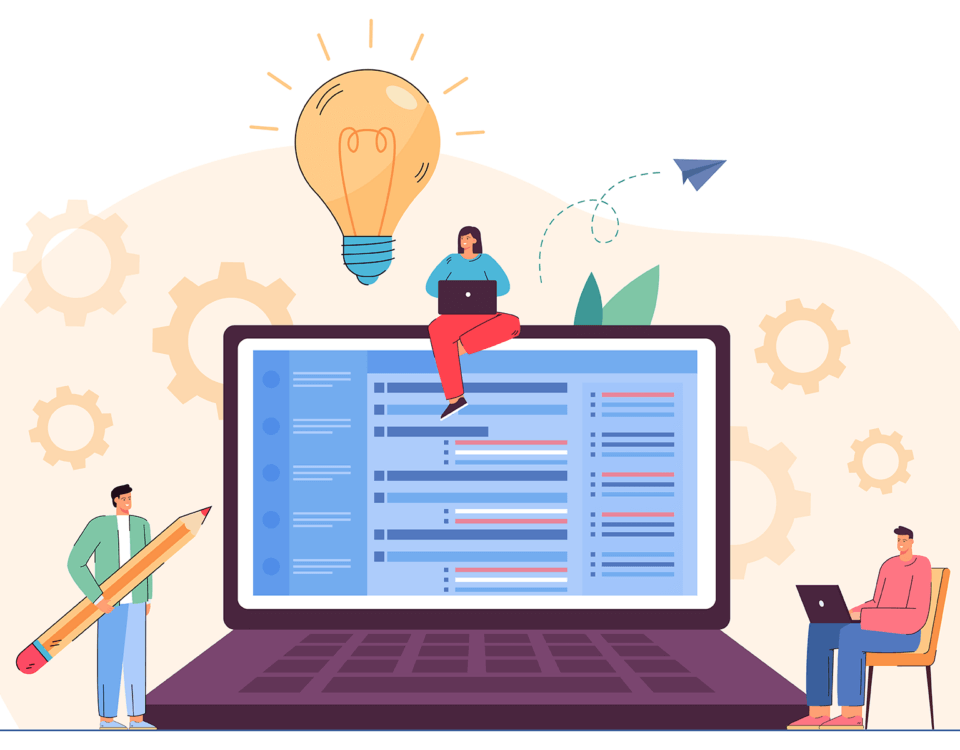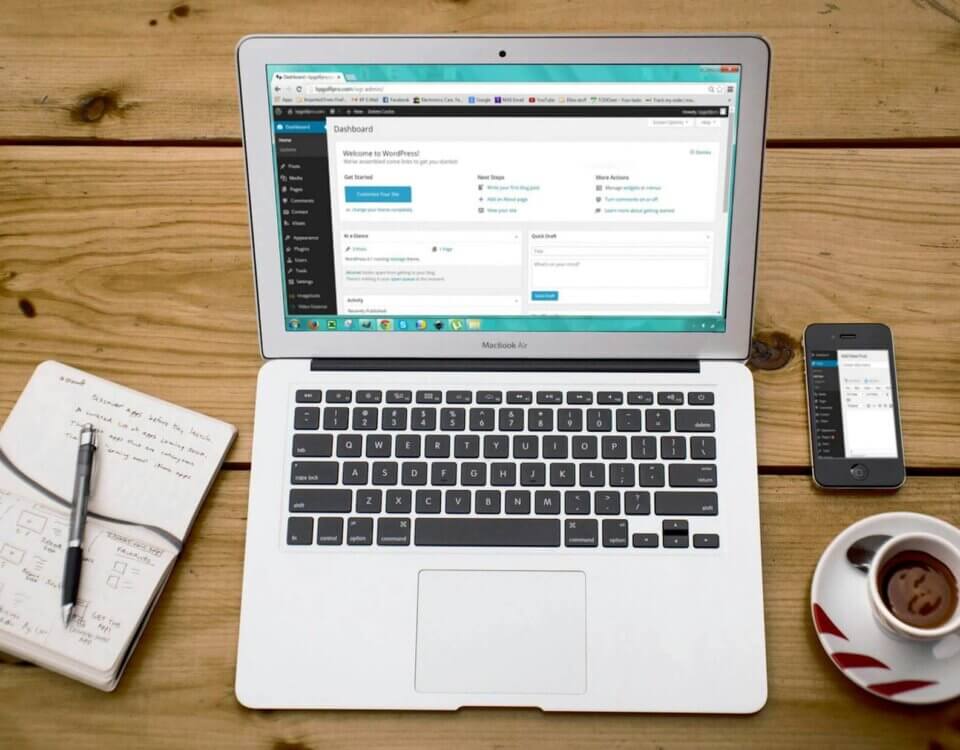
The Power of MySQL Stored Procedures
November 14, 2024Mastering Code Maintenance: Proven Strategies for Sustainable Software Development
February 5, 2025
Introduction
So you’re interested in software development but aren’t quite sure how to begin? No problem! A roadmap essentially serves as a strategy that guides you on what to learn, establishes your career objectives, and helps you monitor your progress. Whether you’re a beginner or aiming to advance your skills, having a robust plan will keep you focused. Let’s break it down step by step!
Step 1: Identify Your Goals
The first step—what is your ultimate objective? Consider the following questions:
- Do you aspire to be a full-stack developer?
- Is your preference for front-end or back-end development?
- Are you looking to become proficient in a particular programming language?
- Do you want to create a portfolio showcasing impressive projects?
- Are you interested in contributing to open-source initiatives?
- Do you aim to secure a position at a large tech corporation?
Defining your aspirations will help you concentrate on the skills and technologies that matter.
Step 2: Choose Your Technology Stack
After clarifying your goals, it’s time to select your toolkit. Here are some common paths you might explore:
- Front-end: HTML, CSS, JavaScript, React, Vue.js
- Back-end: Node.js, Python (Django/Flask), Ruby on Rails, PHP (Laravel)
- Full-stack: A combination of both front-end and back-end
- Mobile: Flutter, React Native, Swift, Kotlin
- Cloud & DevOps: AWS, Docker, Kubernetes, CI/CD
- Data Science & AI: Python, TensorFlow, PyTorch, SQL, Pandas
Choose what excites you and what aligns with current demand.
Step 3: Break It Down Into Manageable Steps
Learning coding is not a sprint; it’s more like a marathon. Approach it gradually:
- Master the fundamentals – Focus on programming basics, logic, and algorithms.
- Create small projects – Implement your knowledge through tiny projects.
- Advance your skills – Explore frameworks, databases, and design patterns.
- Go in-depth – Learn about system design, security, and best practices.
- Gain real-world experience – Contribute to open-source projects, freelance, or start personal endeavors.
Step 4: Establish a Timeline
Be realistic with your expectations! Here’s a rough timeline to guide you:
- 0-3 months: Learn basics & complete small projects.
- 4-6 months: Familiarise yourself with frameworks & databases.
- 6-12 months: Work on larger projects & contribute to open-source.
- 1+ year: Start applying for jobs, freelancing, or launching your own venture.
A timeline helps you stay accountable and inspired!
Step 5: Utilise Appropriate Learning Resources
There are numerous excellent resources available online. Here are some recommendations:
- Courses: Udemy, Coursera, freeCodeCamp, Pluralsight
- Documentation: Official resources for programming languages and frameworks
- Books: “You Don’t Know JS,” “Clean Code,” “The Pragmatic Programmer”
- YouTube: Traversy Media, The Net Ninja, Academind
- Coding Challenges: LeetCode, CodeWars, HackerRank
- Communities: Technology forums, Discord groups, LinkedIn gatherings
Step 6: Create Real Projects
What is the most effective way to learn? Build things! Start with simple applications, then gradually take on more complex challenges:
- A to-do list
- A weather application
- A personal blog or portfolio
- An e-commerce platform
- A chat application
Show off your work on GitHub or your own website!
Step 7: Seek Feedback & Enhance
Engage with developer communities to receive insights from seasoned coders. Take part in hackathons, contribute to open-source, and tackle coding challenges. Feedback will aid your growth and introduce you to diverse problem-solving techniques.
Step 8: Keep Yourself Updated
The tech field evolves quickly, so continuous learning is essential. Stay informed with:
- Dev.to
- Medium (Tech articles)
- Hacker News
- Follow industry leaders on different social media platforms
Conclusion
Creating your personal software development roadmap is not difficult—it just needs some planning and persistence. Define clear goals, choose suitable tools, break the learning process into manageable steps, and create impressive projects. Stay inquisitive, keep acquiring knowledge, and enjoy the journey!








